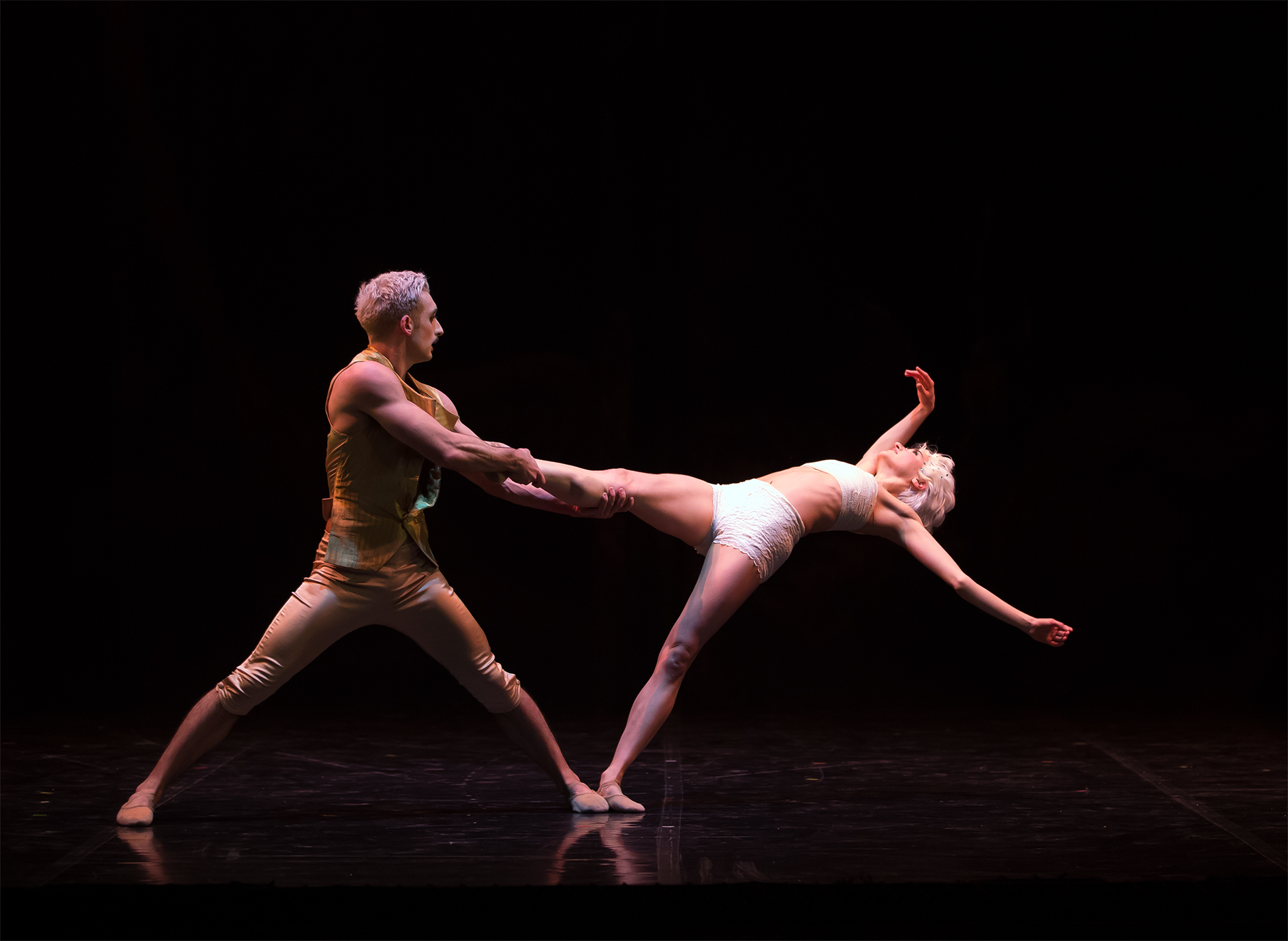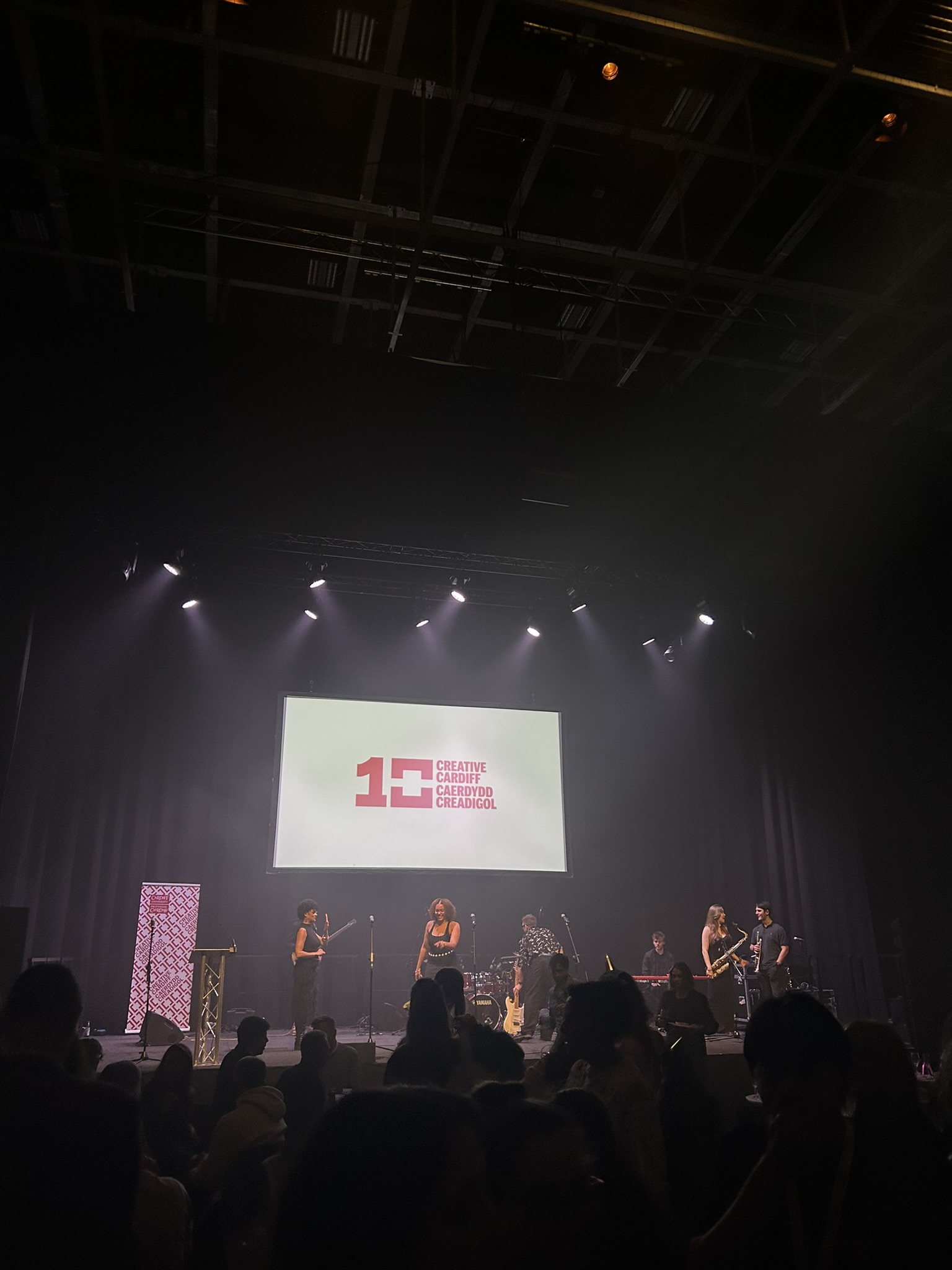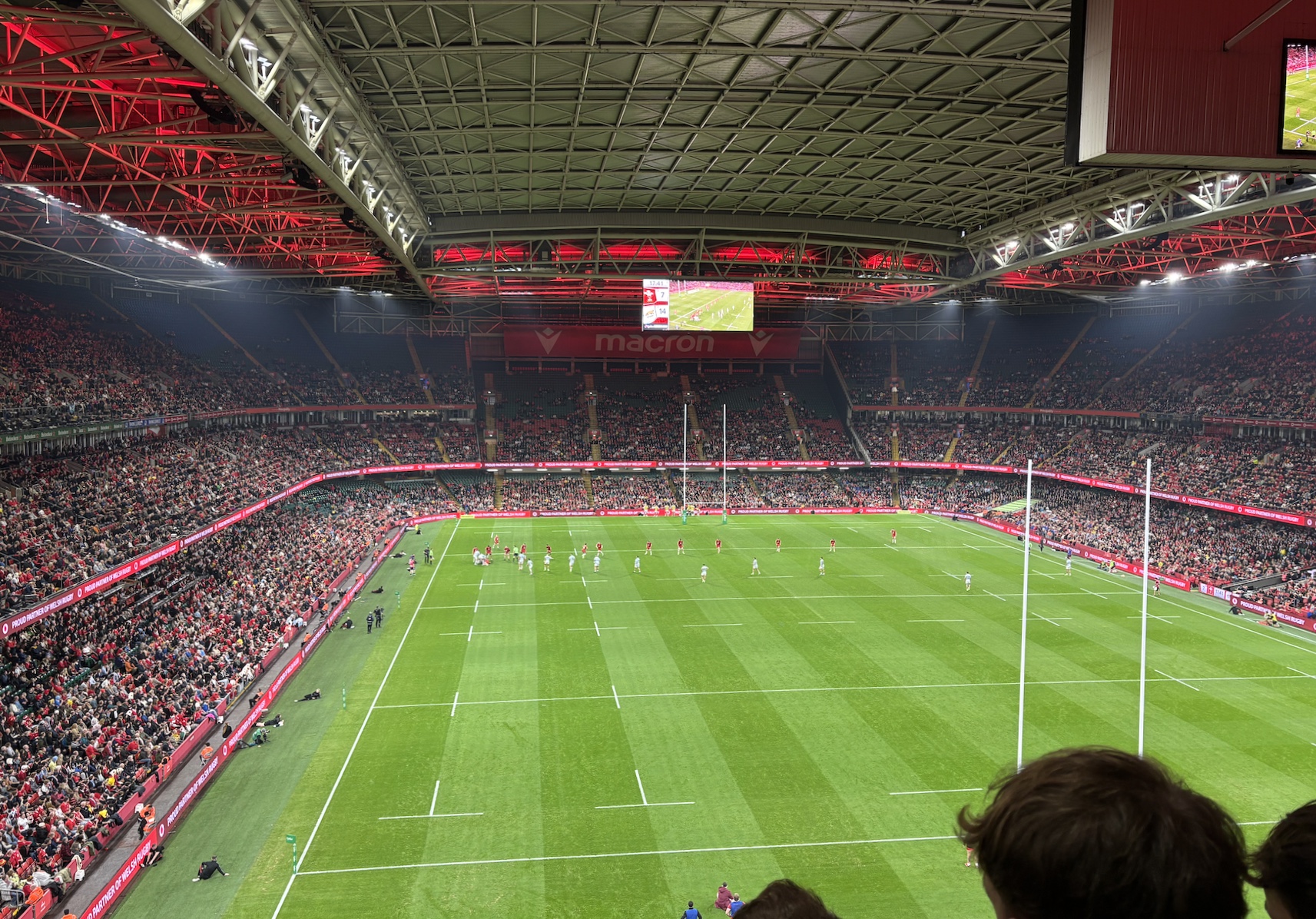Northern Ballet: Casanova, Tuesday 25th April, New Theatre, reviewer: Faith Clarke
Casanova for most has become the archetype of sexual promiscuity. We all recognise the name, yet the tale of Giacomo Casanova is less widely known. It is the goal of The Northern Ballet then, to communicate his story through the medium of dance; to ÔÇÿpeel back the layers’ as choreographer Kenneth Tindall puts it – to give animation and movement to a name immobilised by the darkness and restraint of eighteenth century Europe.
Ian Kelly’s biography, on which the ballet is based, unveils Casanova for his true talents rather than merely his sexual deviance, which he only became infamous for through the details of a personal memoir that was never intended for publication. Casanova was in fact a writer, a philosopher, a violinist, and a trainee priest, among over things. Kenneth Tindall suggests that a closer look at the life of Casanova allows you to ÔÇÿunderstand him as someone looking to experience the pleasures of life through cultivating his senses and his unquenchable thirst for knowledge.’
Specialists in narrative-based performances, The Northern Ballet do a truly exceptional job of depicting the many personas of Casanova and the figures who surrounded him, conveyed through a dance so precisely and powerfully executed, it eliminates entirely the need for words.
While the story is perhaps less well-known among the audience, the emotionality of the choreography ÔÇô strong and coercive in the church, frantic and despairing in times of confusion, and powerful and defiant when depicting love and lust ÔÇô navigates the audience through the moral dilemmas of the protagonist.
Javier Torres is the perfect Casanova, his performance perhaps the crowning-glory of the show, hinted at by the ecstatic audience, some who rose to their feet as the performance came to an end. The diversity of Torres’ dance mirrors that of Casanova’s exhilarating and complex life, and through his performance he affects the audience with empathy just as much as he instils them with fascination.
Like every great ballet, the orchestra brings Casanova’s story to life. Kerry Muzzy does an exceptional job of creating a score that is as original as it is nostalgic, lending itself to the darkened streets of eighteenth century Venice yet encompassing a sentiment and passion so resonant it could accompany a modern-day picture.
The set is simple and understated, utilising little props, and revolves predominantly around three grand tower structures, which when shone upon with light douse the audience in an almost sacred glow. Christopher Oram’s set, paired with Alastair West’s lighting design, summons the perfect ambiance – playing with darkness and light to draw out key themes.
If his set is understated, Oram’s costumes are intricate and complex: lavish gold coats, jewel-embellished dresses and caged skirts, fine lace undergarments and delicate stockings, paired with bright white wigs and extravagant masquerade masks.┬á It is clear that every item was designed and styled with utmost precision, with the period, character and the audience in mind, in order to strike the perfect balance between periodic accuracy and creative output.
Adorned in the red robes of Cardiff’s New Theatre, Casanova the person was brought alive by Casanova the ballet, and if Kenneth Tindall’s goal was to ÔÇÿdo justice’ to what he describes as the ÔÇÿepic’ life of Casanova, I can confirm that he has met, if not exceeded, his ambition.
by Faith Clarke



